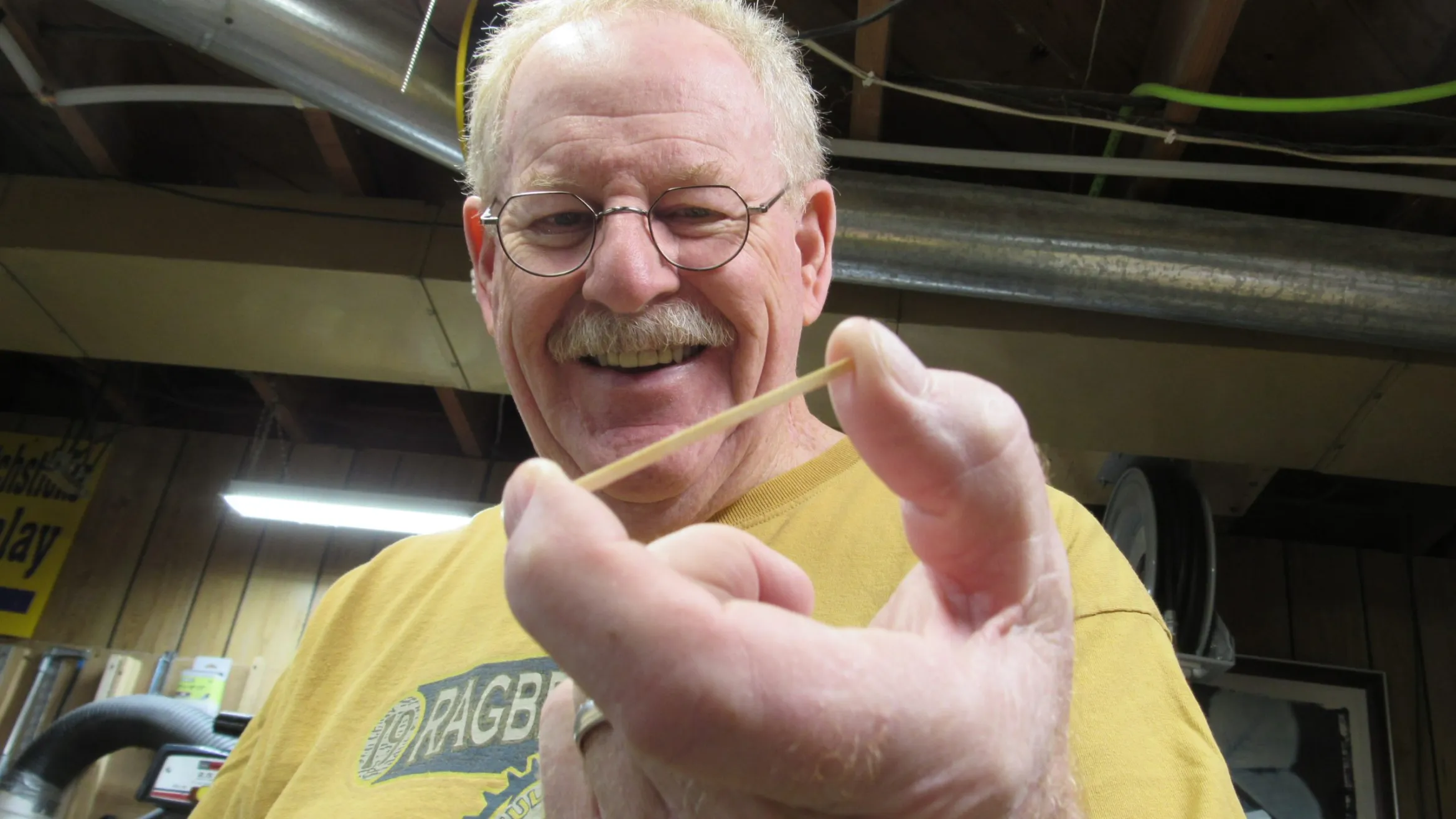This story was originally published in the Daily Yonder. For more rural reporting and small-town stories visit dailyyonder.com.
It’s 10 a.m. in Gladbrook, Iowa, and down in the workshop in his basement, Pat Acton is doing what he does almost every morning: picking up matchsticks and gluing them together, one at a time.
And he’s apologizing. Consistently. To me. Not the matchsticks.
First about moving too much for the photographs. Then about the Band-aid on the tip of his finger, which he says probably ruins the shots. And finally about the unexcited, monotonous nature of his art, saying that watching him do this is probably most like “watching someone do needlepoint.”
His workshop at the bottom of the stairs is small, immaculate. Every conceivable hand tool hangs from the pegboard that lines the walls, along with promotional photographs of some of his largest models, some ranging up to 30 feet long. Each was made here in this room, composed from sections small enough to make it through this doorway and up the narrow stairs and out into the world, each emerging from a room that Acton calls a “bomb shelter with a pine door.”
He says that if he would have known when he started this nearly 50 years ago that he’d be making, for example, the largest matchstick model in the world, a matchstick train that measures 22 feet long, 13 feet wide and 9 feet high, that he might have put his workshop somewhere else.
But the dimensions of his shop doorway and his basement stairwell have forced Acton to build his works in sections, performing a unique mathematics of scale and design, all with the dimensions of a matchstick, that’s sort of confounding.
His construction method has allowed Acton to move sections single-handedly. And the portability has also been helpful for the staff at Ripley’s Believe It or Not! museums. At last count the entertainment company owns 28 of Acton’s creations and displays them at their museums around the world.
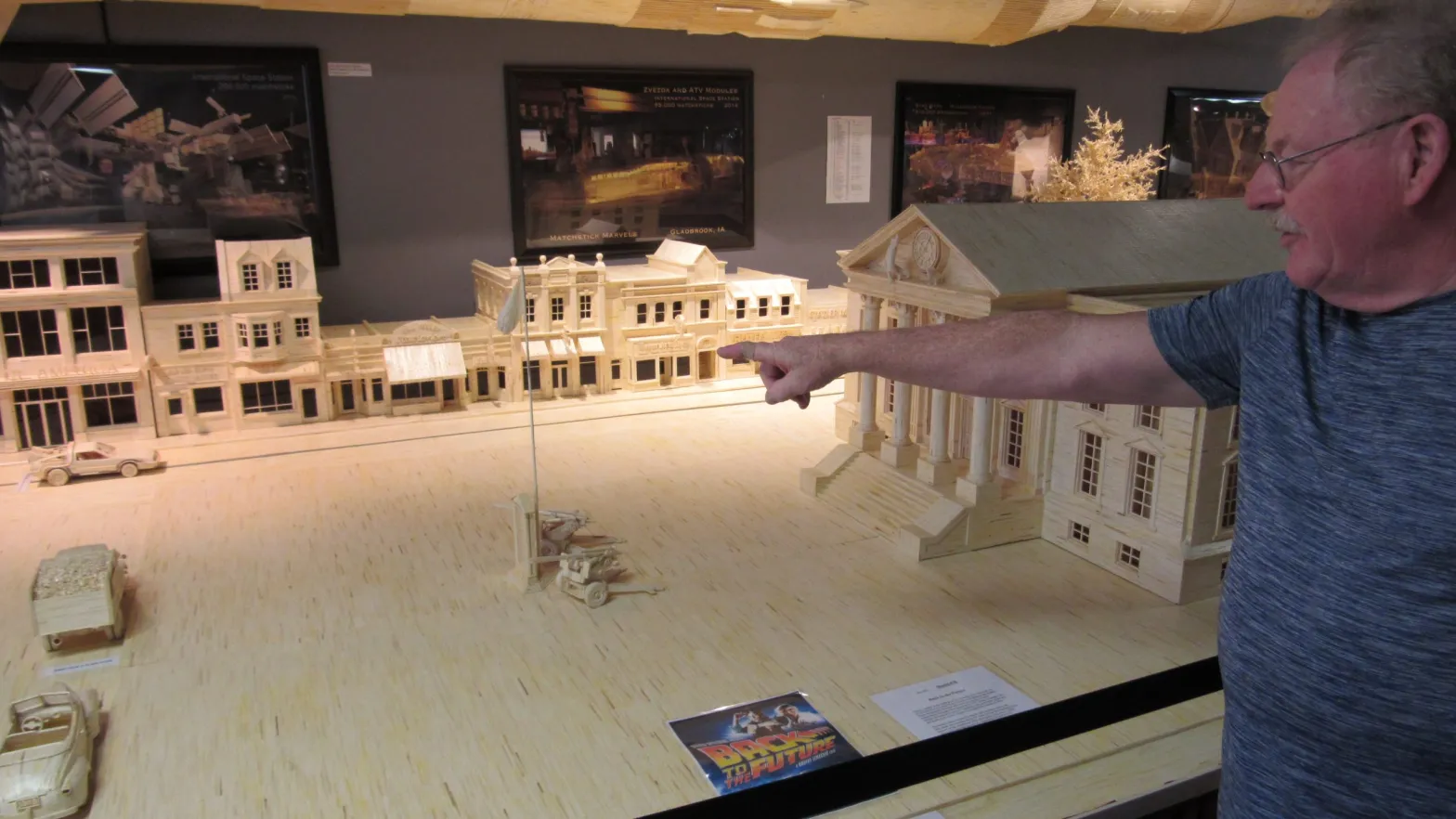
He’s currently at work on another piece for Ripley’s depicting the town square of the Back to the Future film franchise, set to be completed next year to celebrate the film’s 40th anniversary in 2024. (Acton plans for the matchstick DeLorean to tear down the street.) Onto his own desk, Acton dumps a box full of the miniature school desks that he’s spent the last few months making. He shows me each individual leg and the accompanying classroom flags and the bookshelves that viewers will only be able to see at close range, squinting through the school’s windows. He glues the foot of each matchstick desk leg, four perfect dots onto a piece of matchstick floor. Then he wipes his fingers along the edge of the desk which hold the glue stalagmites that have been growing for the better part of 40 years.
If you really want to know the story of Pat Acton and his matchstick creations, it’s definitely buried somewhere in that glue.
Pat Acton says growing up on his family’s farm near Rippey, Iowa, he was “always building and fixing and bettering things.” He was the sixth of seven kids who were all “pretty used to hand-me-downs.”
“There were seven of us kids on the farm, and we didn’t have money. I remember one summer my dad bought me a brand new bicycle, which was unheard of in our house,” he says. “I only had it a few weeks before I cut it up, and I put a lawn mower engine on it.”
His first experience in the artistic process wasn’t until a college art class.
“The assignment was to make a likeness of yourself out of whatever media you wanted. Some people had paint thrown on a canvas and said that represented them.”
Acton says he made a “perfect clay bust” of his own head. He got a C. Maybe this is why he considers himself a woodworker.
Acton graduated with a degree in social work, and after a stint working at the State Training School, he started work as a counselor at the Iowa Valley Community College. For the next 30 years, he worked placing dislocated workers and people getting laid off after area plant closures. Acton says he first started making matchstick models as a means of stress relief. And out of boredom.
“The Reader’s Digest version is that we had no money and I had no tools. I decided matchsticks and glue are cheap,” he says. “So I began making little models out of matchsticks just to pass the time in the winter because I was working nights and my wife was teaching so she was working days.”
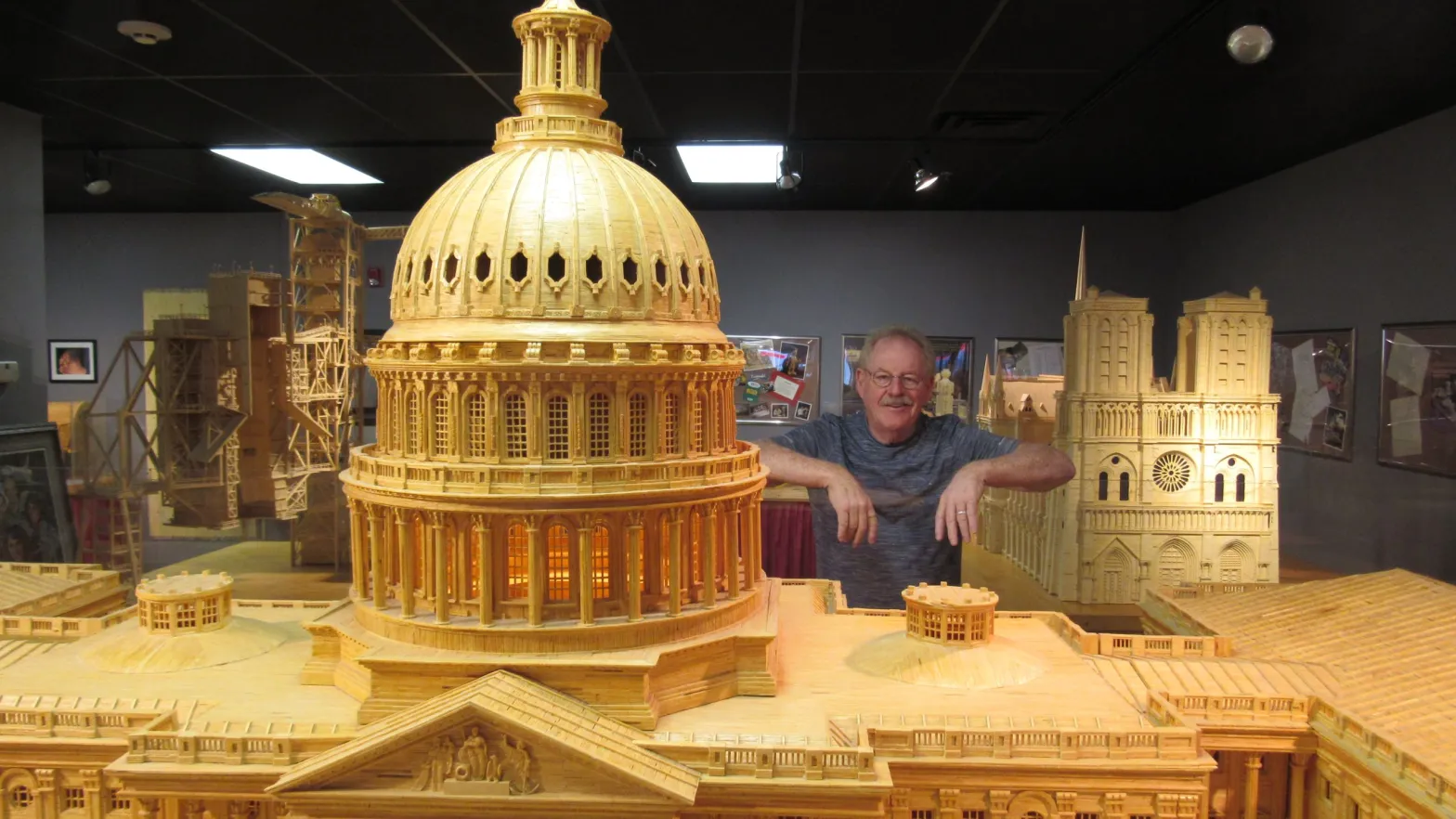
Acton says he first learned about matchstick modeling from a newspaper story that he read when he was a kid. It was about a retired farmer that had made a scale model of his farm acreage and affixed it to a wooden board. “That always kind of stuck with me,” he says.
When he decided to try building his first model, he raided the local hardware and grocery stores, buying hundreds of boxes of matches and, at first, Elmer’s glue. His first five hundred matches went into a small country church that he eventually gave to the town’s Methodist minister. Next, he made a barn for his dad as a Christmas gift. Then, naturally, he made a model of the USS Constitution warship, aka Old Ironsides.
With each of his early models, Acton was not only building with one matchstick at a time. He was cutting the tips, or heads, off of each one individually. Acton’s wife, April, who saw how much time it took for Acton to clip the end of each matchstick, urged him to write to the Ohio Blue Tip Company to see if he could order sticks without the heads.
“I was telling her these people are not going to send wooden sticks to some nut out in the corn,” he says.
Finally, he gave in, and within days of sending the letter, he received a price sheet for bulk matchsticks without the heads, streamlining his process and exploding his artistic output. “In those first 10 years, I used just over 100,000 sticks. In the last 30 years, I’ve used over 10 million.”



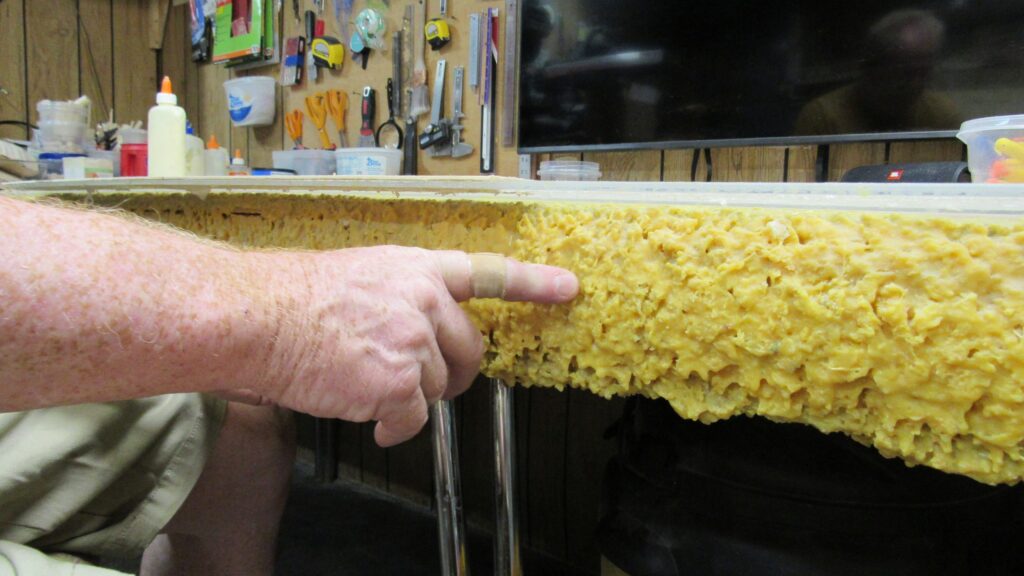
After 15 years of working consistently and displaying his increasingly elaborate models wherever he could, mostly at woodworking conventions, state fairs, and arts festivals, Reminisce Magazine did a story on Acton and featured several photographs of his work. A buyer from Ripley’s saw the story and quickly planned a trip to Gladbrook.
“They flew down from Toronto and looked at my work and right away wanted to buy something,” he says. “Now they have some of the biggest, most elaborate things I’ve ever made, like the Millennium Falcon. They’ve got the two-headed dragon. I just did the Mars Perseverance Rover.”
His voice waivers some as he lists these off, sounding sort of like ones that got away. It’s clear that this relationship with Ripley’s has been worthwhile, as he’s continued it for so long, but there’s a bittersweetness to it for Acton. At one point he says, “On the other hand, if I had all those back, that would be something to have under one roof.”
That’s why it is so important to him that the models on display at Matchstick Marvels, the museum down the street from his house, also showcase his work. Whatever else he completes during his lifetime will stay here in Gladbrook, he says.
The town is important to him, and Acton is clearly important to the town: “Home of Matchstick Marvels” is written on both “Welcome” signs into town. Gladbrook, population 787, is located about 70 miles northeast of Des Moines. Besides the matchstick museum, it’s known primarily for its annual spring corn carnival. Back in 2003, when Gladbrook was building a new city hall, they built the Matchstick Marvels museum in the front of the building to display Acton’s work and anchor the town’s main street.
“I want to keep them in Iowa. I don’t want everything I make to get away, which everything pretty much has because I keep taking the cash,” he says. “We’ve actually talked about this a lot because mortality catches up with you when you’re 70 years old. But, you know, I want them to stay here, but I also want to know that in the future, they won’t get out of Iowa. I’m trying to figure out how to do that.”
Pat Acton“[I want] to know that in the future, they won’t get out of Iowa. I’m trying to figure out how to do that.”
Only one person gets to touch the pieces at Matchstick Marvels. And that’s Pat Acton. He lifts several pieces out, then pulls apart the Notre Dame cathedral to demonstrate how the sections fit together. He says he’s hardly ever here in the museum. Perhaps because television in the corner plays alternating public television pieces about Acton on a tight 10-minute loop. “I can’t stand that thing,” he says, gesturing his thumb over his shoulder at the TV. He walks me through each piece in the museum, pointing to placards that reveal how many matchsticks each required and how long Acton worked on it, usually measured in months, sometimes years.
The fact that he’s able to still work today is, to borrow the word, a marvel. Back in 2018, he tried to place an order for matchsticks from his supplier, Jarden Home Brands. The company informed him that they were in the process of closing the Diamond Match factory in Cloquet, Minnesota. “So in the end, I dealt with the president of the company, and he says, ‘We haven’t taken anything out of there. We’ll do one run for you, so order what you want because this is it,’” Acton says. “It was just luck that I sent it when I did and that they still had people in the plant.”
He says he placed a $10,000 order, which was about 5 million sticks, which Acton says are some of the last wooden matchsticks ever made in the U.S. Now he estimates that he has a little over 2 million left.
Acton says most of his Back to the Future piece is finished, the winter months ahead completing the schoolhouse and finalizing the DeLorean’s mechanics. This will be his last piece commissioned by Ripley’s.
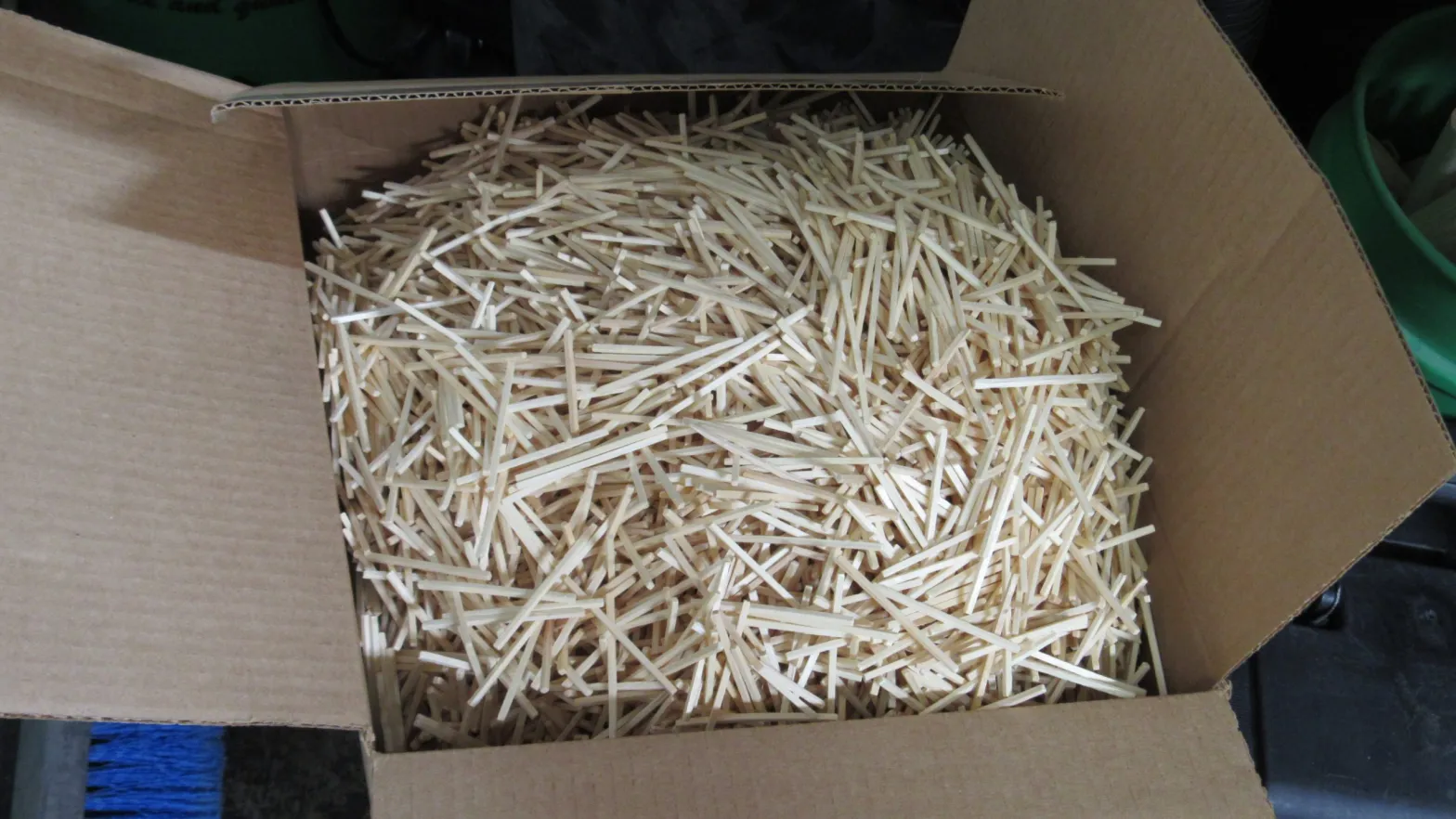
“I told them I’ll do this and that’s it. I told them that like three times, but I had to make certain that they understand because with what’s left, I have some things that I want to do to keep here,” he says. Acton says he hopes to build the Disney castle with the matchsticks that he has left. Then he wants to build the Union Pacific “Big Boy” steam locomotive. “People love trains,” he says.
It’s too fitting that this Back to the Future scene will be his last creation for Ripley’s. The film franchise runs on the premise that small changes in the past can eventually reconstruct a person’s – or an entire town’s – present. And that’s just what Acton has done, one matchstick at a time, building an artistic legacy that has, in turn, affected Gladbrook, Iowa.
Acton has always considered himself more of a woodworker than an artist, but these creations, “marvels” if you will, are unquestionably folk art, making Pat Acton an important contemporary artist. His unique works are widely shown. They all replicate pop culture artifacts or recreate historic places and machines. Through his completed works, with their millions of matchsticks and hundreds of gallons of glue, and thousands of hours, Acton’s story is also about the arduous creative process itself that he’s dedicated these last four-and-a-half decades to.
Remember: he’s still got about 2 million matchsticks left.
“I always said I’d do this till I draw my last breath, and I may drop tomorrow. In 1977, I started this at a card table in our living room, and it’s taken me on a lifelong journey,” he says, slowly and decisively. “Bottom line now is when those are done, I’m going to be quite content to walk away from it. It’ll be more than 50 years if I get done what I want to do.”
“That’s enough.”
